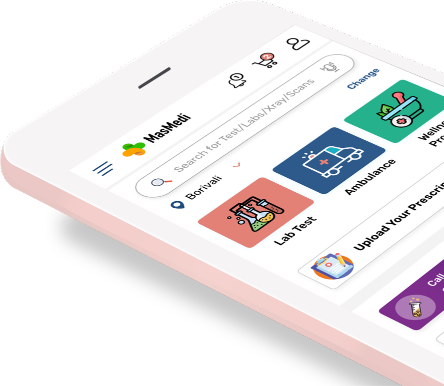Sample Type
Gender
Age Group
Blood
Male/Female
All Age Group
A series of tests called the obesity profile are performed to investigate the reasons of obesity and rule out more serious ones such a higher risk of cardiovascular problems and Cushings disease. These tests enable medical professionals to determine what is causing a rapid weight gain.
Obesity Profile includes 18 Test(s)
best labs
Option Near Youlab comparison
As per your budgetAffordable
Price GuaranteedUNBIASED ADVICE
On LabsSUNDAY LAB
Labs available on SundaysTracking health status made easy with the app. Now available on both Google Play Store and App Store. Book health tests and access your smart reports and health trackers anytime anywhere.
